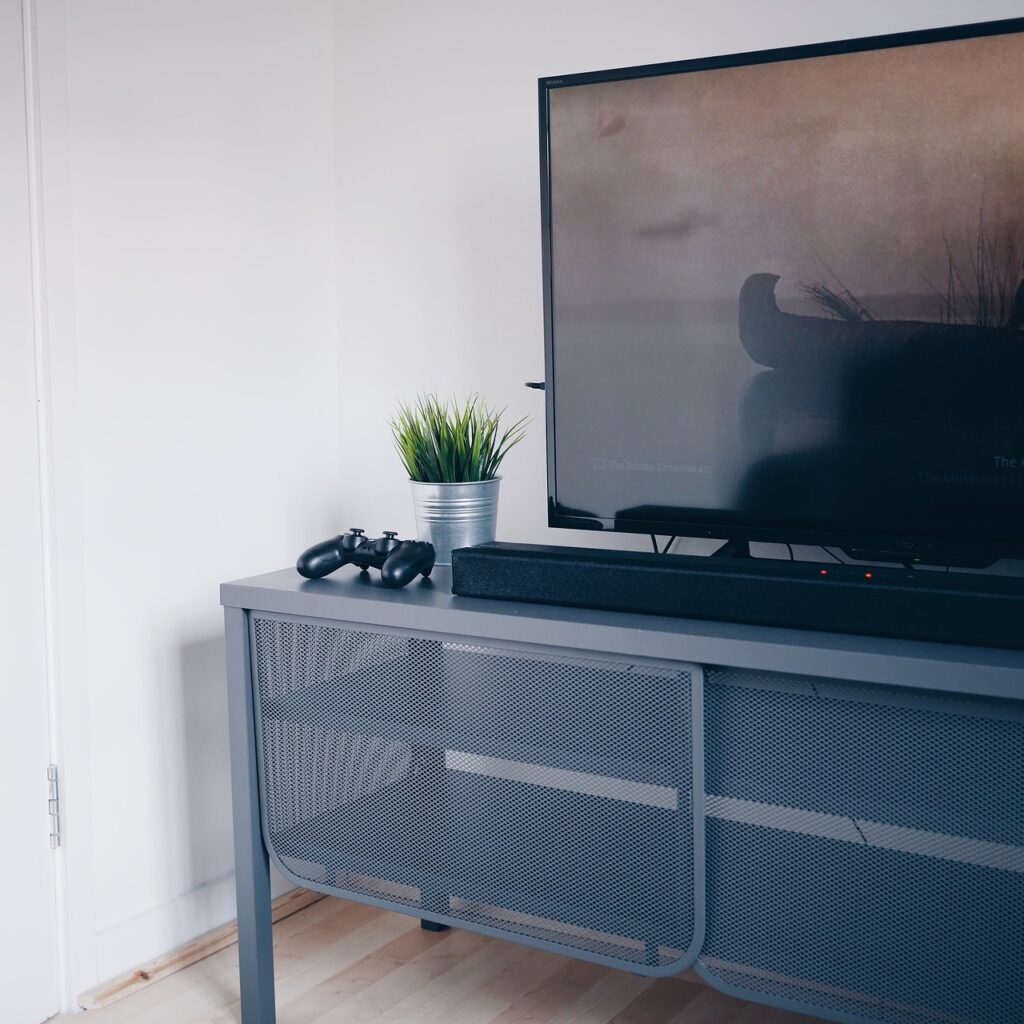
The creative LED display is a dynamic and visually striking tool used to convey a message or enhance a space. They are made up of a series of light-emitting diodes (LEDs) that can be programmed to display a variety of colors, images, and animations. These displays are commonly found in advertising, entertainment, and hospitality settings, and have become an increasingly popular medium for visual communication. The use of these displays is rapidly growing due to advancements in technology, lower production costs, and the high degree of customization they offer.
Table of Contents
The Art of Designing Creative LED Displays
Designing a creative LED display is both an art and a science. While the technology behind LED displays is complex, the design principles remain the same as with any visual medium. The key to creating a successful LED display is to understand the basic components of the display, such as the pixel pitch, resolution, and brightness, and how they impact the overall design. Attention to detail and a good sense of aesthetics are also crucial for creating visually compelling displays.
Designers must take into consideration the message they want to convey, the target audience, and the environment in which the display will be situated. Additionally, designers should be familiar with the software and hardware required to create LED displays, as well as the available options for controlling and programming the display.
Choosing the Right Type
There are several types of creative LED displays available, each with its unique features and advantages. The most common types include indoor, outdoor, and flexible LED displays. Indoor LED displays are designed for use in enclosed spaces such as shopping malls, conference rooms, and museums. Flexible LED displays are a newer type of display that can be curved, bent, and twisted to create dynamic and immersive experiences.
When choosing the right type of LED display, designers should consider factors such as viewing distance, lighting conditions, and the overall size and shape of the display.
Creative Applications of LED Displays
Creative LED displays are versatile and can be used in a variety of applications. One of the most common applications is advertising and marketing, where LED displays are used to promote products, services, and events. LED displays are also popular in the entertainment industry, where they are used to enhance performances, create immersive environments, and provide visual effects.
In retail and hospitality settings, LED displays are used to create a unique and memorable experience for customers. For example, LED displays can be used to highlight products or services, provide wayfinding information, and create a specific ambiance within a space. The use of LED displays in these settings has been shown to increase customer engagement and brand recognition.
Technical Aspects
The technical aspects of creative LED displays are critical to creating a successful display. Pixel pitch, resolution, brightness, contrast, refresh rate, and frame rate are all important factors that designers must take into consideration. Pixel pitch refers to the distance between individual pixels and affects the level of detail that can be displayed. Resolution refers to the number of pixels in a display and impacts the overall image quality.
Brightness and contrast are important for ensuring that the display is visible in various lighting conditions. Refresh rate and frame rate refer to the speed at which the display updates, and impact the smoothness of motion in animations and videos. Designers must also be aware of the available hardware and software options for controlling and programming the display, and select the appropriate tools based on the project requirements.
Installation and Maintenance of Creative LED Displays
Proper installation and maintenance are crucial for ensuring that a LED display operates effectively and efficiently. During installation, designers must take into consideration factors such as location, mounting, and wiring. Maintenance includes regular cleaning, calibration, and software updates to ensure that the display remains in optimal condition.
Best practices for installation include ensuring that the display is mounted securely and that wiring is properly installed to prevent damage or interference. Maintenance tasks should be performed on a regular basis to prevent issues such as dead pixels or color imbalances. Additionally, designers should be prepared to troubleshoot and address any issues that may arise during the life of the display.
Future of Creative LED Displays
The future of creative LED displays is bright, with continued advancements in technology and new applications emerging. One trend that is expected to continue is the use of flexible LED displays, which offer new possibilities for creating dynamic and immersive experiences. Additionally, the use of LED displays in outdoor settings is expected to increase, with advancements in weather-resistant technology and energy-efficient lighting.
As LED displays become more common, there will also be a focus on creating sustainable and eco-friendly displays. This includes the use of energy-efficient lighting, recyclable materials, and reduced waste during production. With new applications and technologies emerging, the possibilities for LED displays are endless.
